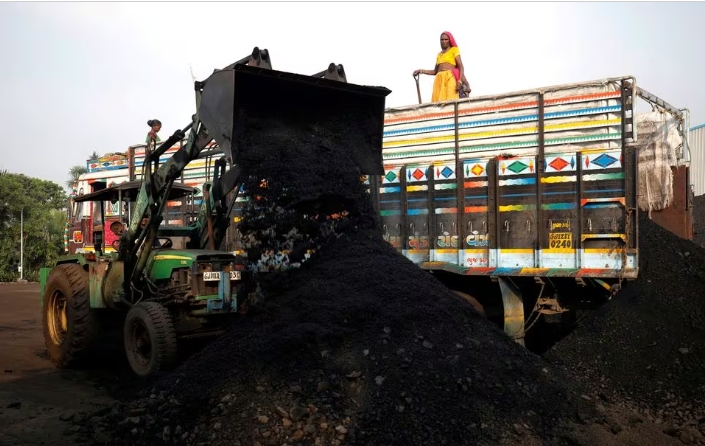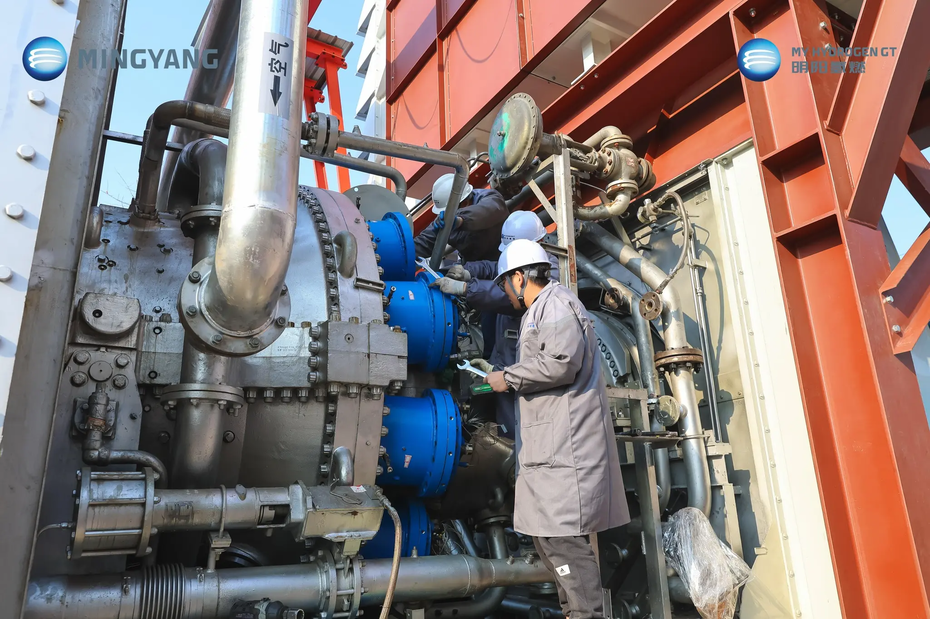
Out of eleven coal traders Reuters spoke with at the Coaltrans India conference in the western state of Goa, eight expected shipments of the fuel to decrease this year, while the others foresaw flat imports or marginal growth.
Surging production and supplies by world's largest miner Coal India (COAL.NS), opens new tab have pushed stockpiles at power plants to record highs of over 43 million metric tons, prompting it to sell more to non-power sector users such as sponge iron and aluminium smelters, which have traditionally imported the fuel.
Pawan Kumar, head of coal sourcing at power producer SEIL Energy India (SEBM.NS), opens new tab, said he expects thermal coal imports to fall over 3% to 170 million tons, while Rodrigo Echeverri, head of research at Noble Resources, forecast a near-6% decline.
India imported 176 million tons of thermal coal in 2023, driven mainly by power plants.
"Domestic production has gone up and coal is easily available at floor prices," Rajat Handa, vice president of international trade at Agarwal Coal told Reuters.
"This year, imports are not going to be higher than 160 million tons," he said, adding that many users who previously imported the fuel are switching to domestically mined coal.
The projected decline in coal imports could squeeze key exporters Indonesia, South Africa and Australia, which account for about 90% of coal shipments to India, the world's second biggest-coal importer behind China.
The lower outlook also comes as the global coal market appears headed towards oversupply for the first time since 2020, according to Noble Resources.
Echeverri estimated that the coal markets would be oversupplied by 32 million tons in 2024 due to a warmer-than-usual winter, global economic slowdown, and tepid buying by Europe due to high gas inventories.
Lower Indian appetite for imports could further pressure prices , even as miners grapple with a 70% plunge from record highs that followed Russia's invasion of Ukraine in 2022.
"The market will need to be saved by China in 2024 (again)," Echeverri said in a presentation.
A surprise uptick in Indian shipments and record imports by China had helped balance the coal markets last year. The countries, which account for nearly half of global seaborne coal imports, had boosted buying despite record domestic output due to surging electricity use.
Apart from utilities, cement plants - which seek better quality coal - along with steel and sponge iron plants, drove Indian coal imports in 2023, according to data from Indian trading and analytics firm I-Energy Natural Resources.
While imports by Indian utilities could fall, growing cement and steel industries remain bright spots, traders and industry officials said.
However, higher freight rates will also keep a lid on Indian imports, said K.C. Gandhi, joint president, materials management at Shree Cement, adding he expected prices to fall further this year.
"Red Sea disruptions and challenges at the Panama Canal, which are contributing to high freight rates, will offset the benefits of ample availability," Gandhi said.
He said he expects cement sector imports to grow in line with the industry's expected growth of over 7%.







